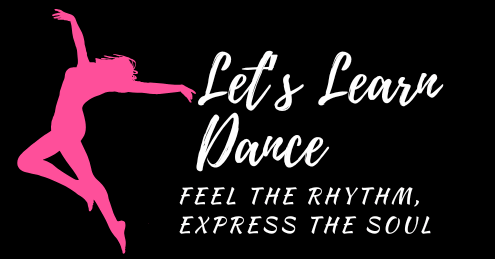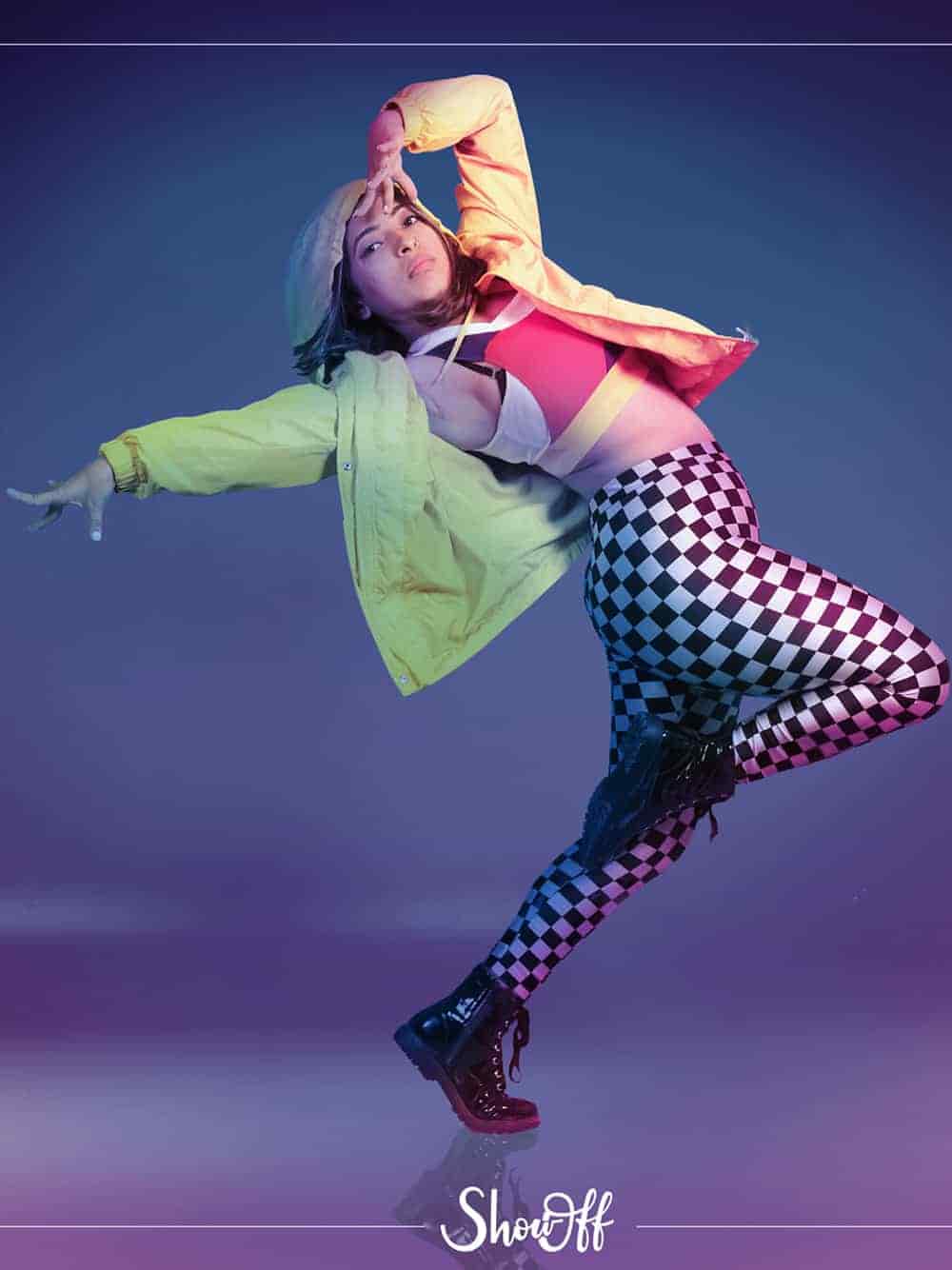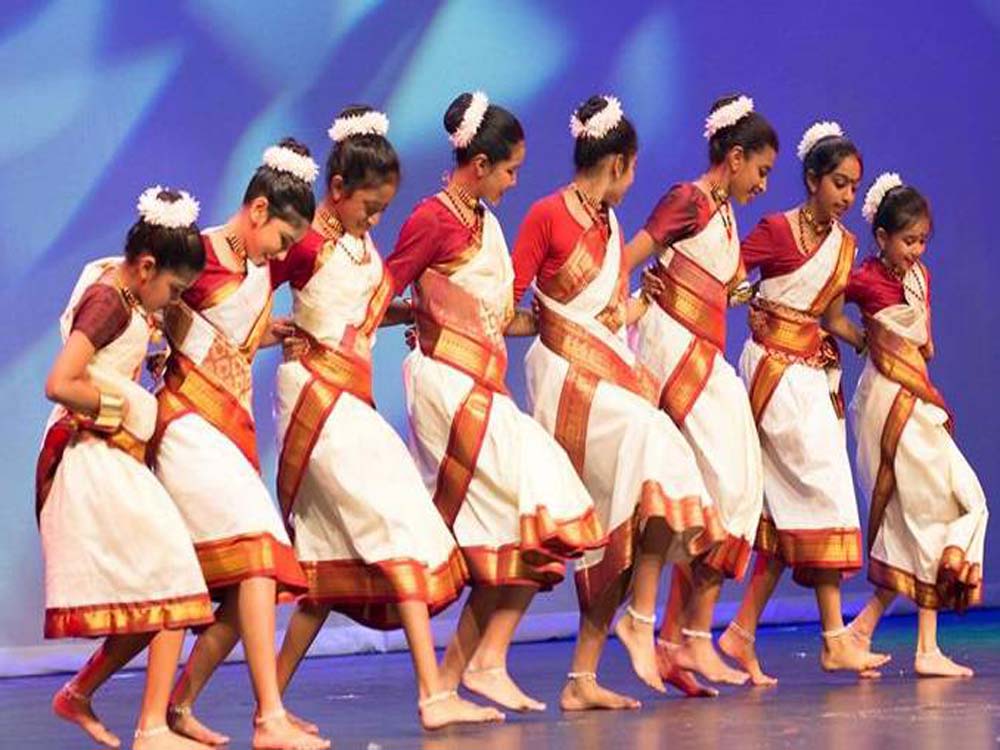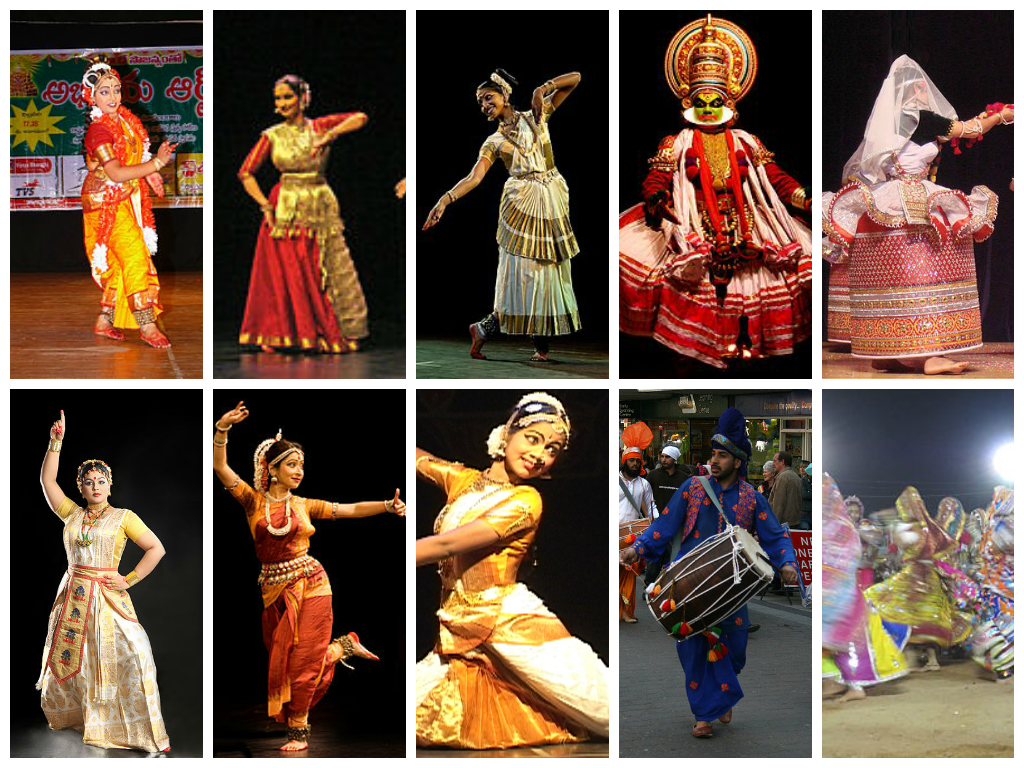
Traditional Dance Forms: Top 10 Indian Traditional & Folk Dance Forms
What is Traditional Dance?
Among the many celebrated dance styles, traditional dance styles stand out as one of the most famous and adorable. Traditional dance, often popular as folk or cultural dance. Traditional dance is a timeless expression of heritage, woven with the stories, customs, and values passed down through the generations, reflecting the soul of a community. Rooted in rich traditions, these dances often performed during festivals, rituals, celebrations, and communal gatherings carry the legacy of a people’s heritage and daily life.
Traditional dances preserve their authentic essence style, music, costumes, and purpose unlike modern dance styles that are in a state of constant evolution. They capture the soul of a group’s traditions, worldview, and way of living, offering a living image of their identity. Every traditional dance carries the unique rhythm of its culture, shaped by the land, beliefs, social fabric, and the echoes of its history.
Top 10 Indian Traditional and Folk Dance Forms
- The Rhythm of Tradition – Bharatanatyam
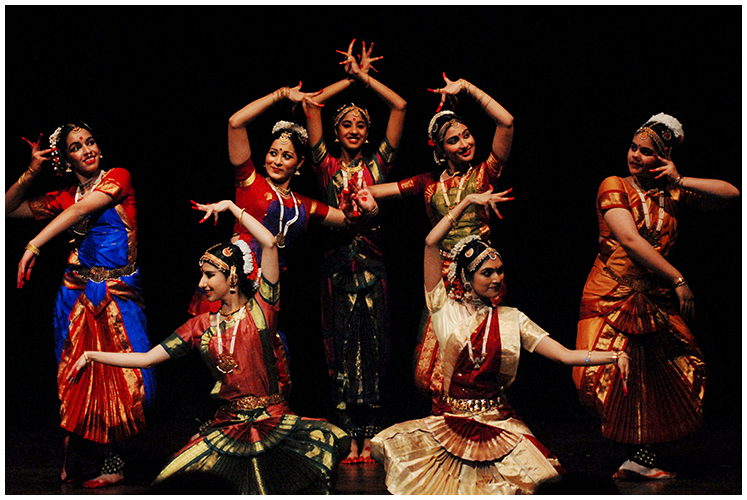
Bharatanatyam stands as one of India’s most ancient and revered classical dance styles, celebrated for its grace and storytelling. Bharatanatyam originated within the sacred temples of Tamil Nadu, echoing the region’s spiritual legacy. This classical dance takes on the name ‘Devadasis’ when gracefully performed by temple dancers in its traditional form. Classical dance has earned prestigious acknowledgement from the Sangeet Natak Akademi. The traditional costumes worn in Bharatanatyam adds an energetic and majestic touch to the performance.
2. Kathak – The Storytelling Dance of Rhythm and Grace
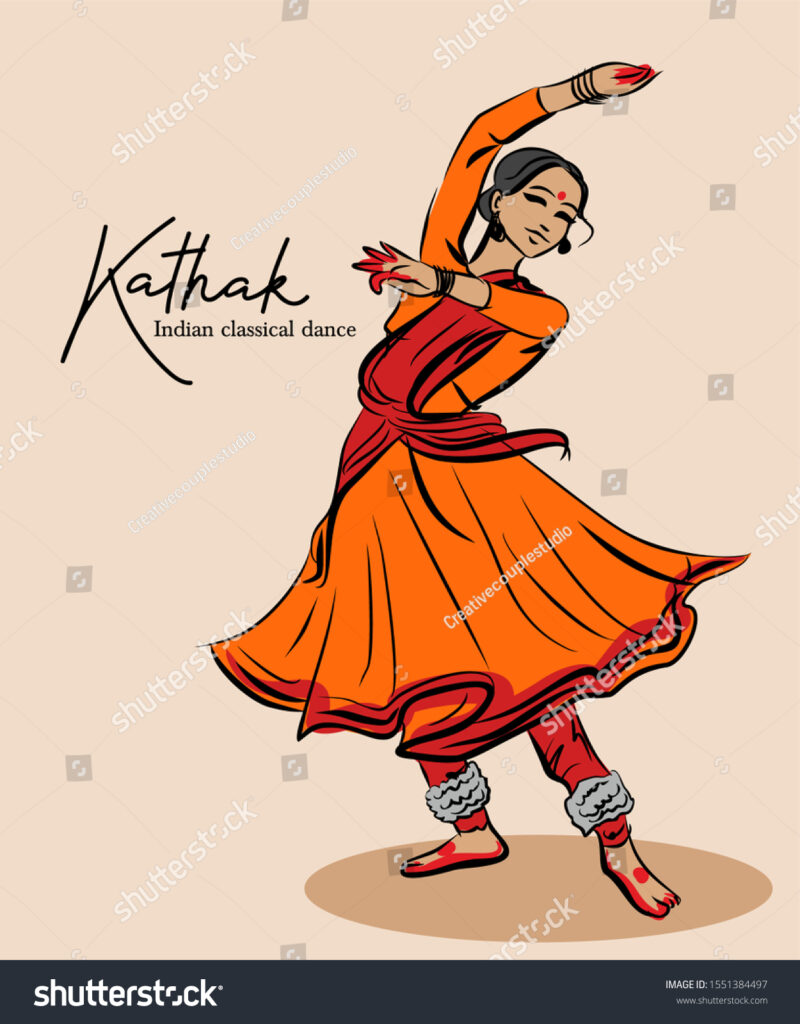
Among India’s classical dances, Kathak holds a prominent place after Bharatanatyam for its charm and individuality. Derived from Sanskrit word ‘Katha’, meaning ‘story’, Kathak finds its roots in the ancient art of storytelling. Originating in Uttar Pradesh, Kathak developed over time, shaped by both Hindu traditions and Mughal refinement. The traditional costume worn in Kathak adds an extra layer of elegance to the dance style.
3. Garba: The Heartbeat of Gujarat’s Festive Spirit
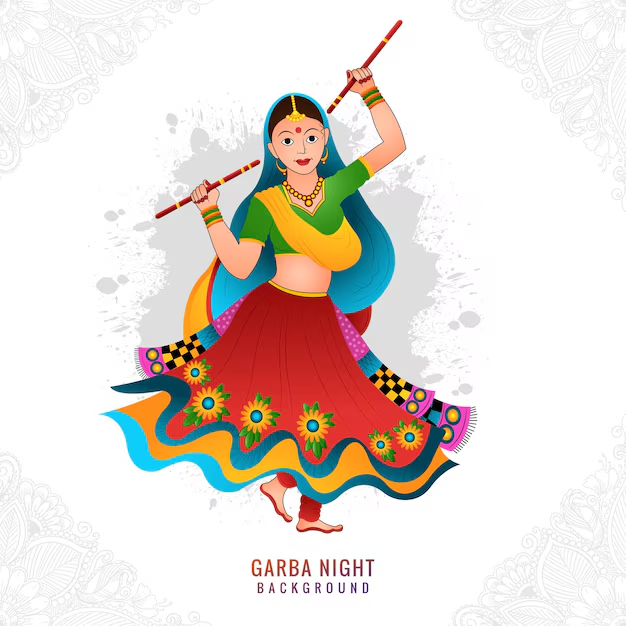
Garba –A cherished dance form embraced across cultures and celebrated with unmatched enthusiasm . Originating in Gujarat, Garba is a spirited folk dance celebrated for its rhythm and community connection. In Gujarat, Garba is seen not merely as a dance style, but as a sacred act of worship and cultural pride. Whether in times of celebration or on grand occasions, Garba brings people together – not only in Gujarat, but throughout India and across the world. During Navratri, this energetic dance form echoes across every corner of India. Garba has developed from local festivities, to take center stage at global dance competitions. The vibrant costume of Garba, a renowned traditional dance, stands out for its unmatched visual appeal among all dance styles.
4. Dandiya Raas

Alongside Garba, Gujarat is also known for the energetic folk dance called Dandiya Raas. With its signature rhythm and coordinated movements, Dandiya Raas stands out as a truly unique traditional dance form. This energetic dance style also traces its roots back to the culturally rich state of Gujarat. At the heart of this dynamic dance is the striking sound of “Dandiya” – the decorative sticks that set the place. Navratri festivities come alive with the rhythmic beats and spirited moves of this dance style. Symbolizing the swords of Goddess Durga in her battle against the demon Mahishasura, Dandiya Raas is traditionally performed in pairs or lively groups.
5. Ghoomar
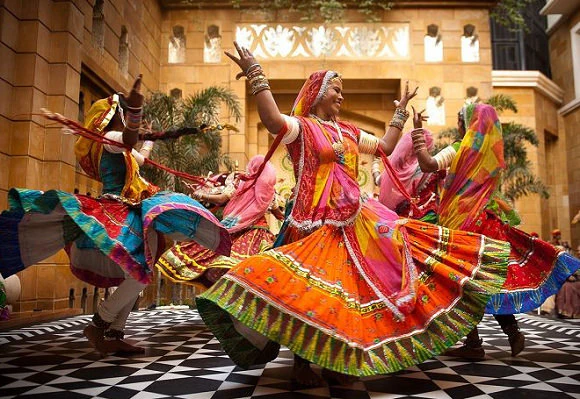
Ghoomar stands as yet another iconic expression of India’s rich dance heritage. Originating in Rajasthan, Ghoomar reflects the state’s vibrant heritage and royal charm. Ghoomar stands as a globally admired dance style, drawing audiences who marvel at its elegance and cultural richness. Rajasthan welcomes learners from all corners of the world who come to study and embrace this unique dance form. In Rajasthan, this dance form is predominantly showcased by women, reflecting cultural elegance and tradition. Whether it is a lavish weeding, a cultural event, or a festive celebration, Ghoomar remains an essential part of the occasion. For the Marwadians, Ghoomar is more than a dance – it is a soulful expression of their heritage. Originating from the word “Ghoomna”, which means spinning or roaming, the name Ghoomar reflects the dance’s signature circular movements.
6. Bihu
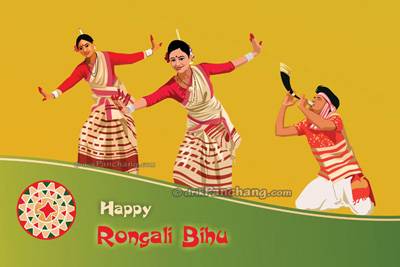
Another well-known traditional dance form is Bihu, celebrated for its vibrant energy and cultural richness. Bihu originated in Assam and is traditionally performed during the Rongali Bihu festival in mid-April, celebrating the Assamese New Year and the start of the harvest season. Through its rhythm and energy, Bihu captures the joy of community life, the warmth of love, and the grace of nature.
7. Lavani

Among India’s rich dance traditions, Lavani captivates a special place for its bold expression and rhythmic charm.Originating from Maharashtra, is framed for its vibrant rhythm and expressive narratives. With its striking rhythm, expressive tales, and fiery energy, Lavani leaves a lasting impression. The origin of the word “Lavani” lies in “Lavanya”, symbolizing the essence of beauty and elegance. Driven by the beats of the dholki drum, Lavani is powerful mix of expressive dance, soulful music, and theatrical storytelling. The art of this dance is often brought to life through the powerful and graceful performances of women. Dancers in Lavani don the elegant “Nauvari”, a classical nine-yard Nauvari saree.
8. Bhangra
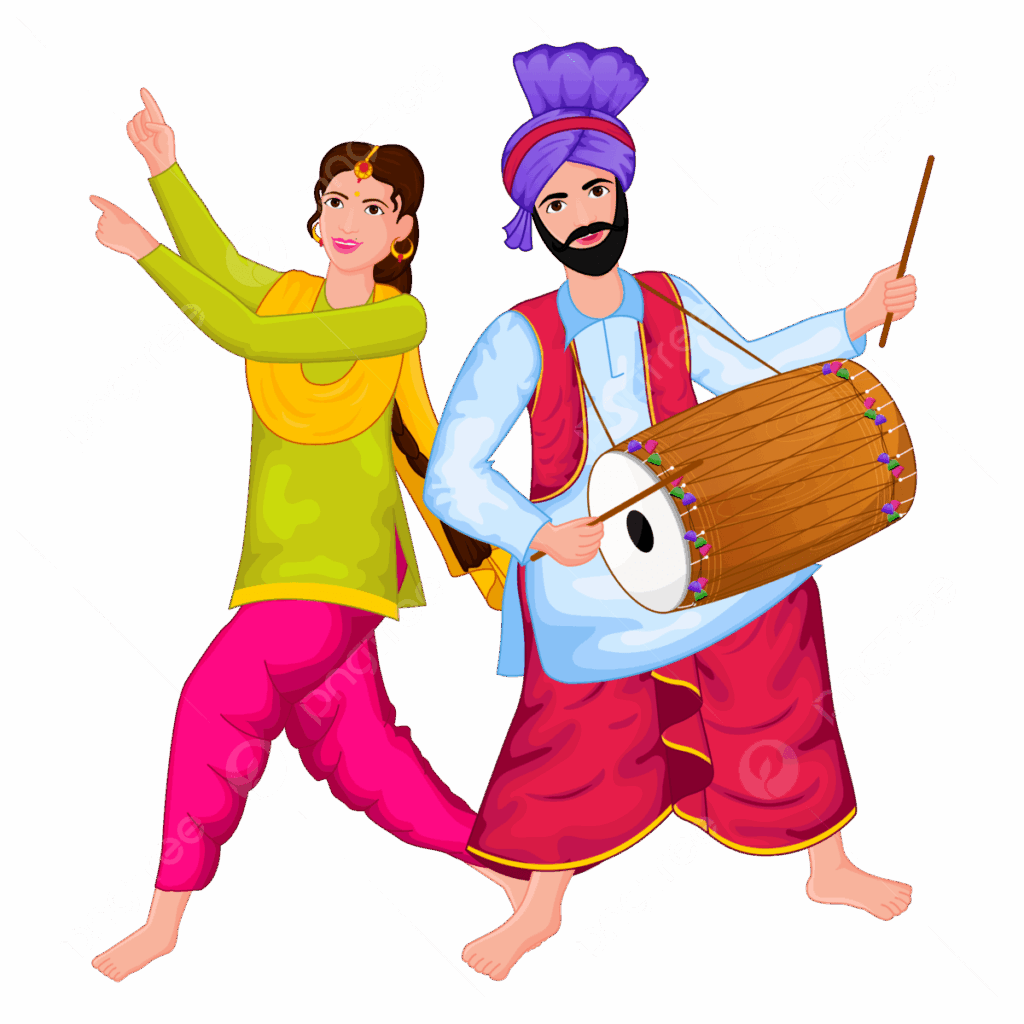
Another energetic traditional dance style is Bhangra, which is popular for its high energy and joyful spirit. Emerging from Punjab’s rich culture, Bhangra bursts with energy and festive cheer. This energetic dance form cuts across occasion and location – Bhangra is performed whenever the spirit calls. Bhangra is the soul of celebration, a spirited expression that connects hearts across the world. Bhangra energizes the soul, eases the mind, and brings smiles to each face. Traditionally performed by farmers, Bhangra is a high-spirited dance that marks the harvest season, particularly during Baisakhi. Bhangra features vibrant and distinctive costumes that set it apart from all other dance styles.
9. Kathakali
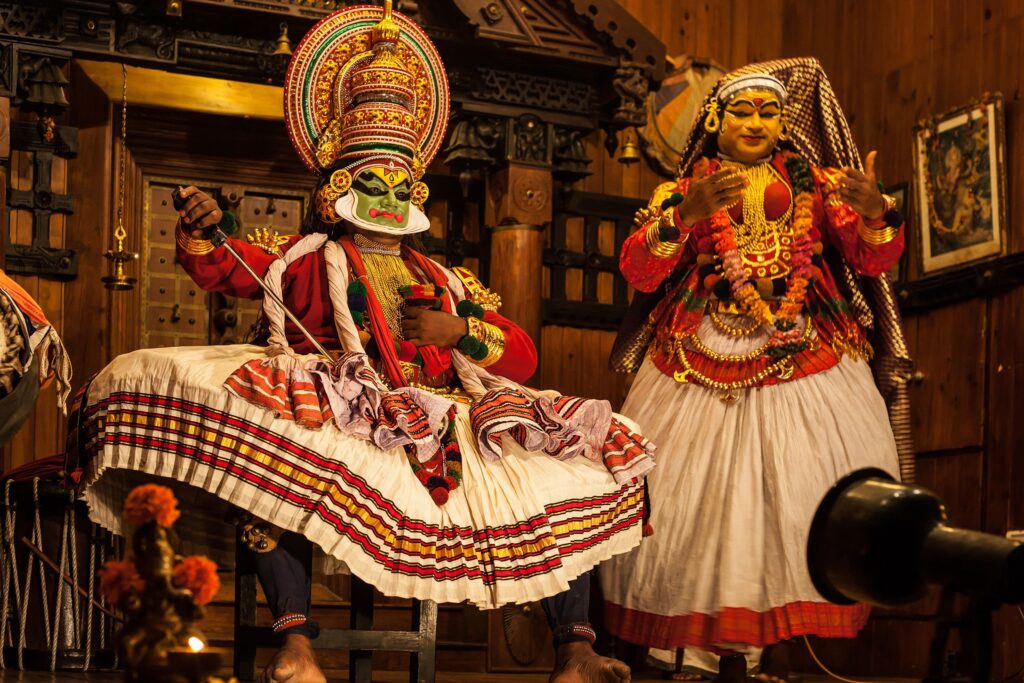
Among the most ancient and celebrated and classical dances, Kathakali holds a place of great cultural significance. Among the oldest classical dance styles, it is celebrated for its majestic presence and rich traditions. Kathakali captivates audiences with its vibrant costumes, bold makeup, and theatrical gestures that bring characters to life. Traditionally Kathakali is performed by men, who even portray female characters, with performances often lasting several hours. Kathakali is regarded as one of the most dynamic and visually captivating styles of Indian Classical dance.
10. Manipuri
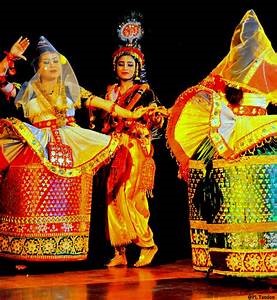
As one of the oldest classical traditions, Manipuri reflects the serene and spiritual essence of ancient Indian dance. The graceful form of Manipuri traces its roots to the scenic northeastern state of Manipur. Known for its poetic grace, Manipuri captivates with its soft, and seamless dance actions. In conclusion, Manipuri is a serene and soulful dance style that harmoniously that mixes devotion, music, and art to reflect the rich heritage of India.
